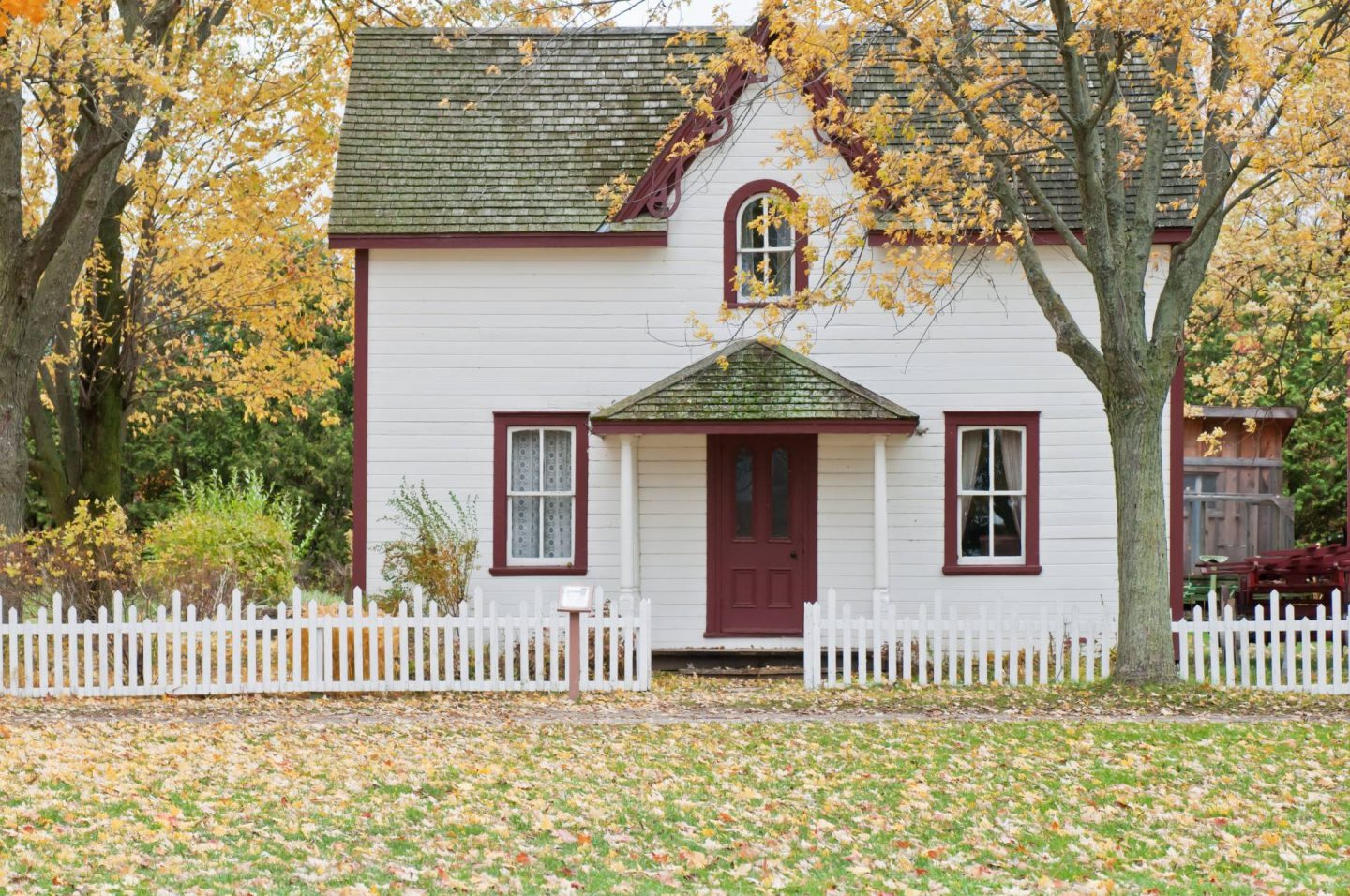*This is a collaborative post.
Essex is one of the most beautiful counties in the United Kingdom to live. The main reason for this is the environment and the incredible buildings that are available to live in. We will have a detailed look at the buildings and what are not only on on offer in Essex, but all over the UK too.
It is important to know which type of building you are dealing with, whether its buying or selling a property, repairs or metal cladding. Most buildings are categorized based on their structure, space, and design. When you buy a property, its prices are usually decided by its space, style, and location, but there’s hardly any information about the type of building.

In this post, I am are about to share with you seven types of buildings that are common all over the UK.
Flats
Most of us who live in urban areas are well aware of the flats. In technical terms, a flat is an area that is self-contained in one part of a building. There are several kinds of flats such as maisonettes, studio flats, and 2-storey flats. In the urban areas where there is a shortage of space, flats are a common sight as they use available space much more efficiently. A building is split into individual flats where there are common areas such as stairwells, lifts, and receptions.
Detached
Most families dream of owning a detached building with metal roofing and other such features. A detached house is the one that is a single standing property with no shared walls with other houses. Due to privacy, detached houses are high in demand and are a lot more expensive. Metal cladding is very common in such properties.
Semi-detached
Semi-detached properties are the most commonly owned properties in the UK. In such property, the houses are paired together with a common wall. These houses are much common because they allow for expansion on the back and the side with an added element of privacy that flats often lack. Semi-detached buildings have metal wall cladding panels.
Terraced
If you have ever been to old industrial towns like Manchester or areas of central London, terraced buildings are common. During the 19th century, terraced homes became extremely popular to provide high-density accommodation for the working class. Terraced houses have the same structural design and both sides of the houses share a wall with the neighbours. Today, steel building cladding is used to reinforce the structure of these 19th-century buildings.
End of Terrace
The name says it all. An end of terrace house is the one that has only one shared common wall while the other wall is detached.
Cottage
Cottages are naturally associated with the British rural countryside. You will not find any cottage in the modern areas and cities of England but only in rural regions. Purposefully built thick walls characterize cottages because they are built to provide shelter from bitter winters. Small windows, structural pillars, thick walls, thatched roof, and low ceilings are the common building blocks of a cottage. Modern-day cottages are a one and a half storey buildings that use pillars and cladding flashing to hold up the structure. New age cottages offer the same comfort and amenities as any other type of building including water and electricity.
Bungalows
Taken from the Indian word ‘Bangla’ that was a 19th-century phrase used for houses built in a Bengali style, Bungalow adopts the same design. Bengali style houses had the traditional single storey with a detached structure and a wide veranda and low roofs.
The difference between a bungalow and a cottage is not only that of history but also style and price tag. Of all the properties, bungalows are a lot cheaper, but they pose the problem of getting sold easily. The demand for bungalows is low in the UK. To sell a bungalow, property owners usually add a second floor to the property. However, the building type is still adorned for its wide and open hallways and windows which are appropriate for the tropical climate regions like South East Asia.
Conclusion
The decision to buy a property must be entirely based on your location and budget. If you are in a city, it makes sense to own a flat rather than a detached property because of low maintenance, but you have to compromise on the level of privacy. But countryside residents can surely go for bungalows and cottages that provide ample space.
